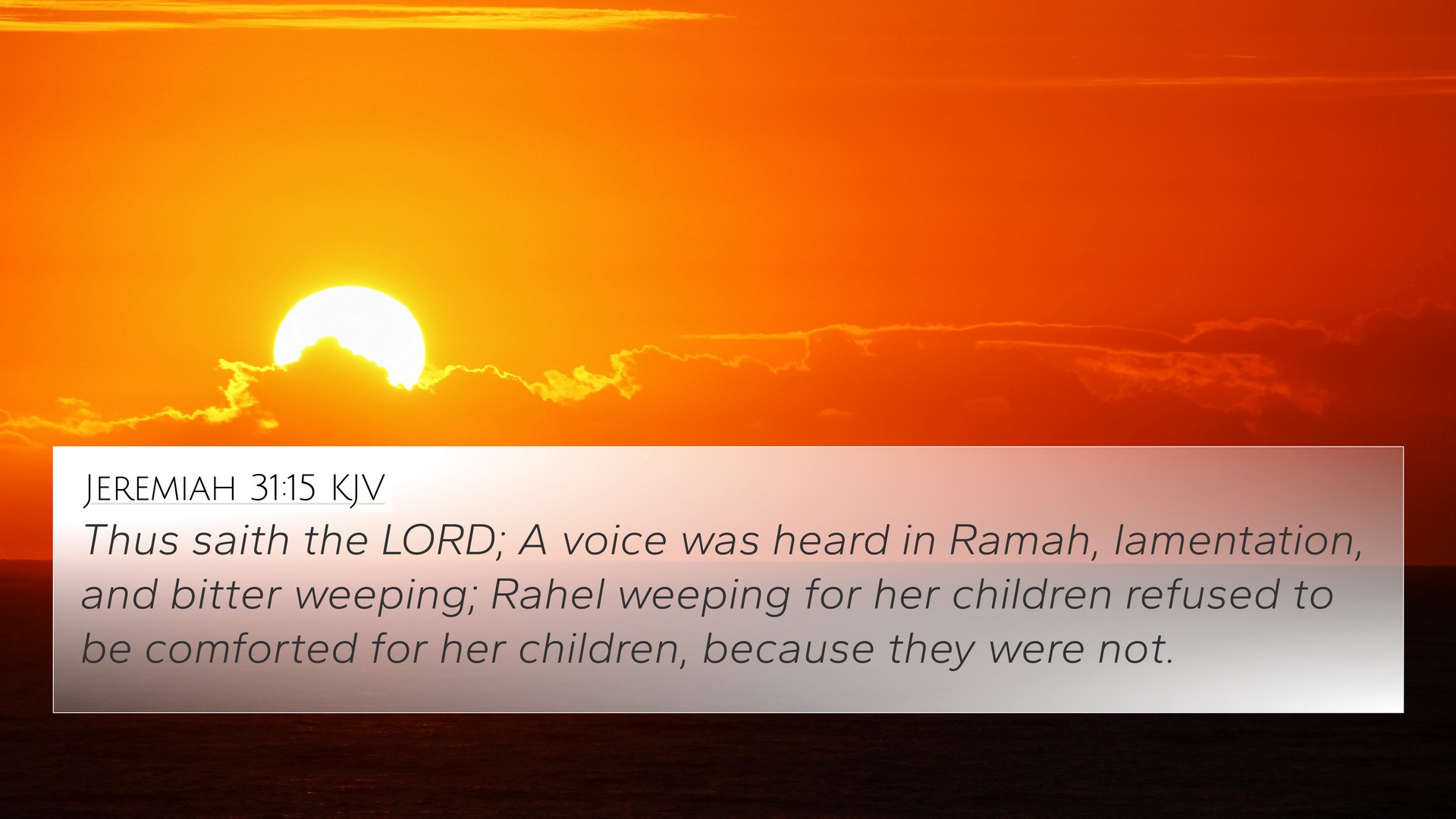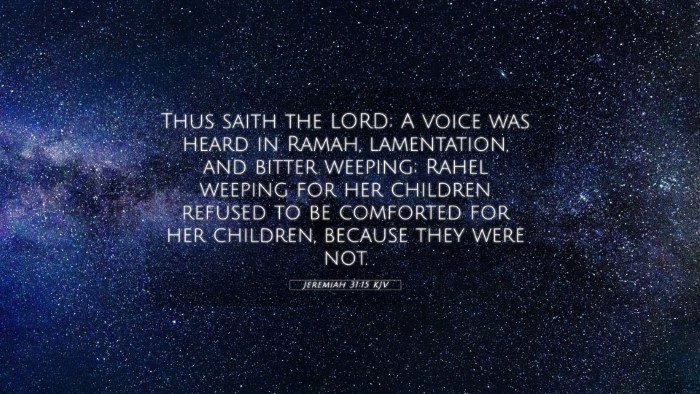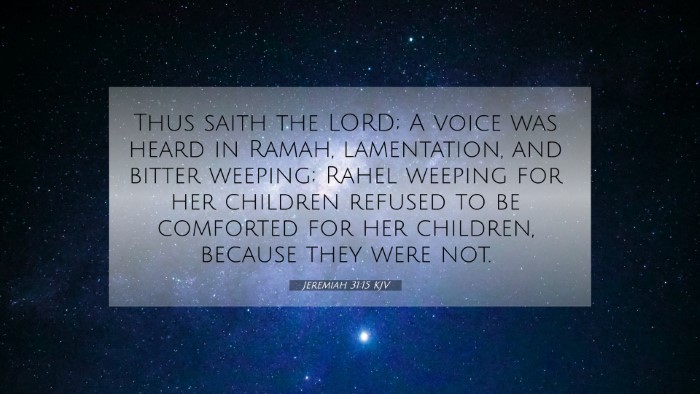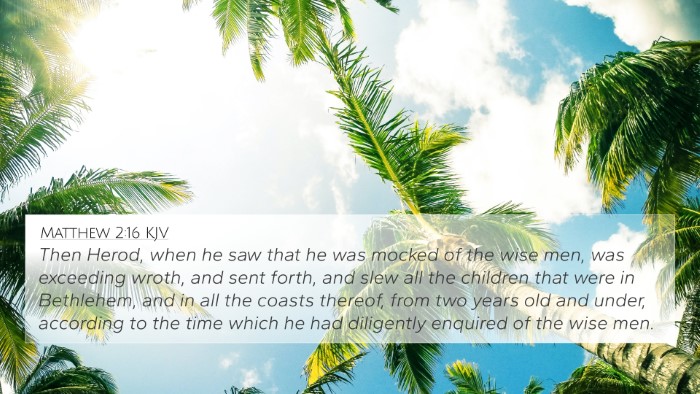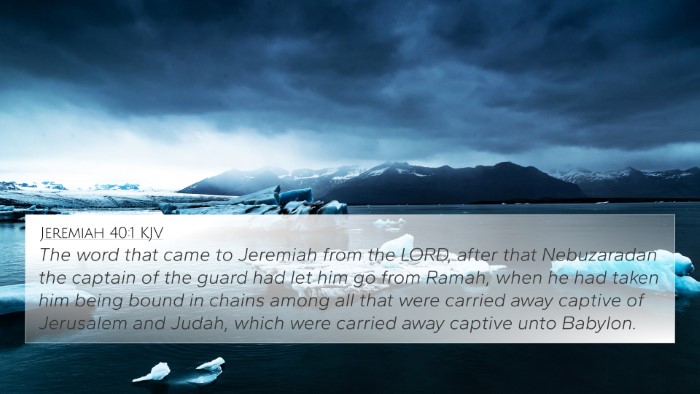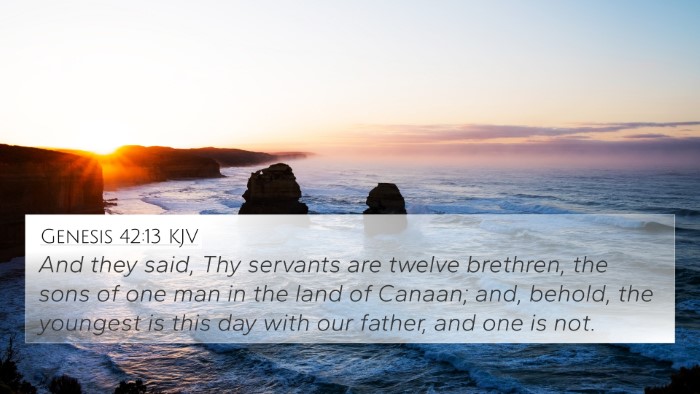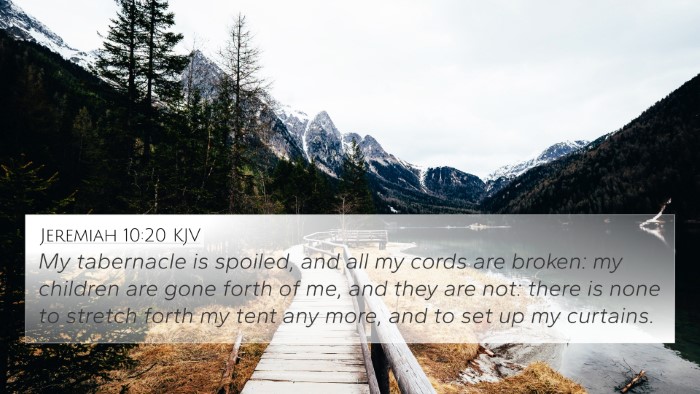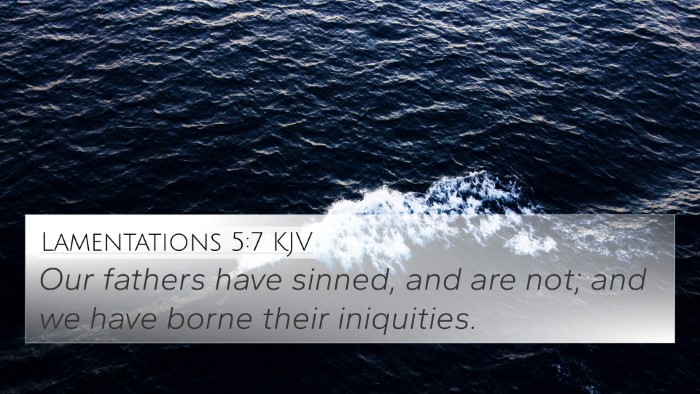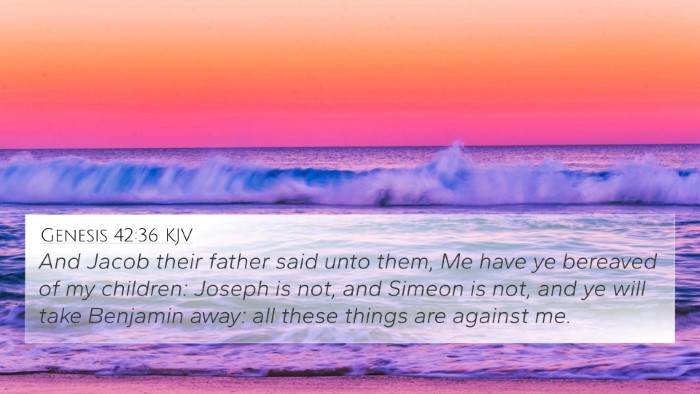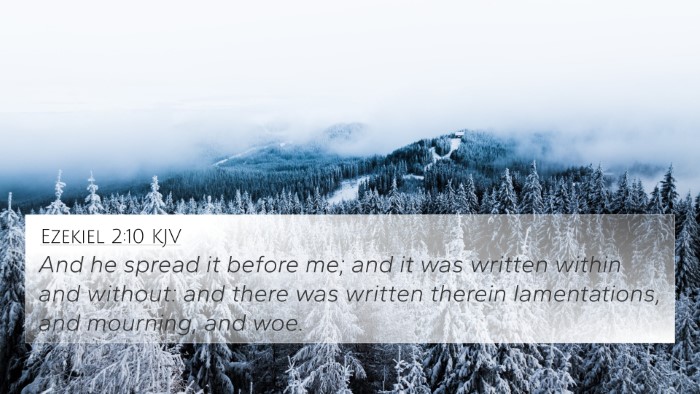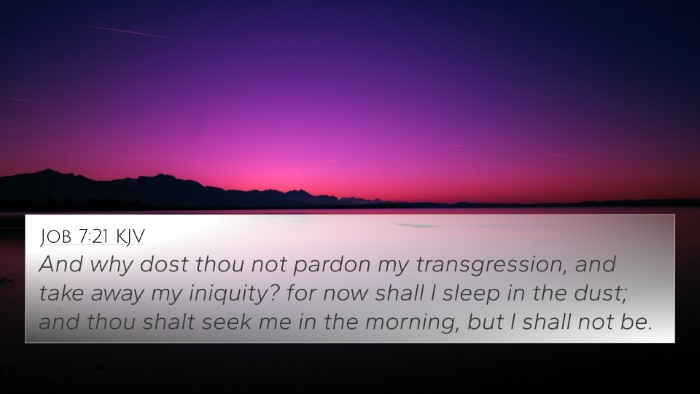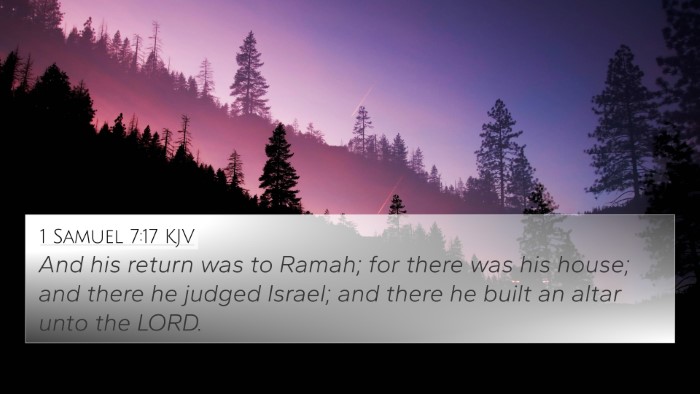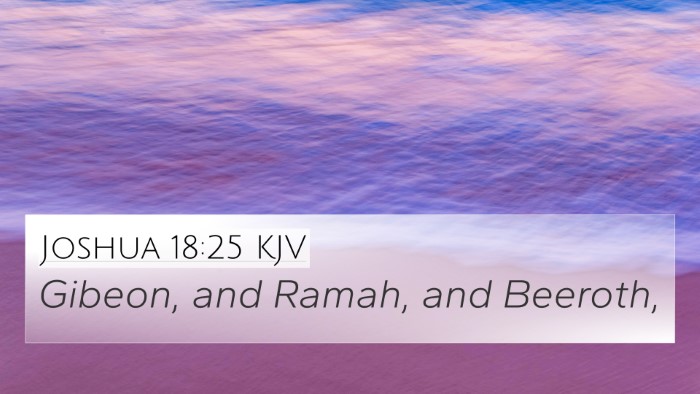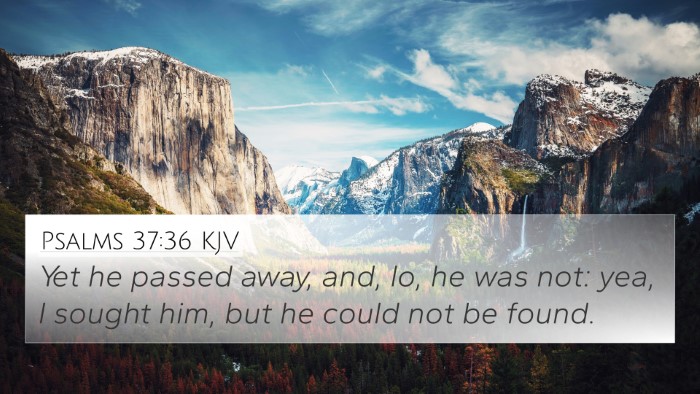Jeremiah 31:15 - Summary and Interpretation
Verse: "Thus says the Lord: A voice is heard in Ramah, lamentation and bitter weeping. Rachel is weeping for her children; she refuses to be comforted for her children, because they are no more." - Jeremiah 31:15
Contextual Background
Jeremiah 31:15 emerges in the context of the Babylonian exile, which caused profound sorrow among the Israelites. This verse serves as a poignant reference to the grief experienced by Rachel, the matriarch symbolizing the nation of Israel, as she mourns for her lost descendants.
Commentary Insights
-
Matthew Henry's Commentary:
Henry emphasizes the deep sorrow that Rachel symbolizes for the Israelites during their captivity. He notes that her weeping reflects the cries of those affected by loss and displacement. This loss is not just physical but also emotional, representing the severance of familial ties and heritage.
-
Albert Barnes' Notes:
Barnes points out that Ramah is a place of captivity and destruction, where Rachel, though long dead, is invoked to represent the sorrow of her children. His interpretation highlights the collective grief of a nation, underlining that such lamentation is not merely individual but communal.
-
Adam Clarke's Commentary:
Clarke notes that Rachel's lamentation signifies a deep sorrow for the loss of hope and future generations. He interprets the refusal to be comforted as a profound despair, indicative of the despairing condition of the people at that time, expecting no relief from their grief.
Thematic Connections
This verse connects deeply with themes of loss, mourning, and the hope of eventual restoration. The imagery of Rachel weeping brings forth a rich narrative accessible through cross-referencing other Biblical texts, exemplifying the interconnectedness of themes throughout Scripture.
Cross-References
- Matthew 2:18: "A voice was heard in Ramah, weeping and great mourning, Rachel weeping for her children; and refusing to be comforted, because they were no more." This New Testament fulfillment echoes Jeremiah's lament, illustrating the continuity of sorrow across generations.
- Genesis 35:19: "Rachel died and was buried on the way to Ephrath (that is, Bethlehem)." Rachel's death and burial mark her importance in the narrative of Israel.
- 2 Kings 25:25: "But in the seventh month, on the tenth day of the month, Nebuzaradan, the captain of the guard, a servant of the king of Babylon, came to Jerusalem and burned it with fire." This serves as a reminder of the destruction leading to Rachel's lament.
- Isaiah 49:15: "Can a woman forget her nursing child, that she should have no compassion on the son of her womb? Even these may forget, yet I will not forget you." This verse offers a contrast to Rachel's mourning, highlighting God's enduring love amidst loss.
- Psalms 137:1: "By the rivers of Babylon, there we sat down, yea, we wept, when we remembered Zion." This reflects the deep emotional resonance of exile, paralleling Rachel's lament.
- Jeremiah 30:5: "For thus says the Lord: We have heard a voice of trembling, of fear, and not of peace." This highlights the consistent theme of fear and sorrow intertwined with the Israelites' experiences.
- Lamentations 1:16: "For these things I weep; my eyes flow with tears, for a comforter is far from me, one to revive my spirit; my children are desolate, for the enemy has prevailed." This captures the essence of mourning present in Jeremiah 31:15.
Understanding through Cross-Referencing
This study encourages readers to engage in cross-referencing Biblical texts to enhance understanding. Exploring connections between verses can reveal a rich tapestry of themes, underscoring how loss and restoration are multiples threads woven through the fabric of the Scriptures.
Conclusion
Jeremiah 31:15 serves as a moving reminder of the profound collective sorrow experienced during the exile and the unwavering nature of God’s promise for restoration. Through the lens of Rachel's lamentation, we can recognize the necessity of understanding grief in the Biblical narrative and the hope that eventually emerges from it.
For Further Study: Utilizing tools for Bible cross-referencing and employing a Bible concordance can aid in the exploration of these inter-Biblical dialogues. Consider how themes across both Old and New Testaments resonate with Jeremiah 31:15, facilitating deeper insights into Scripture.
